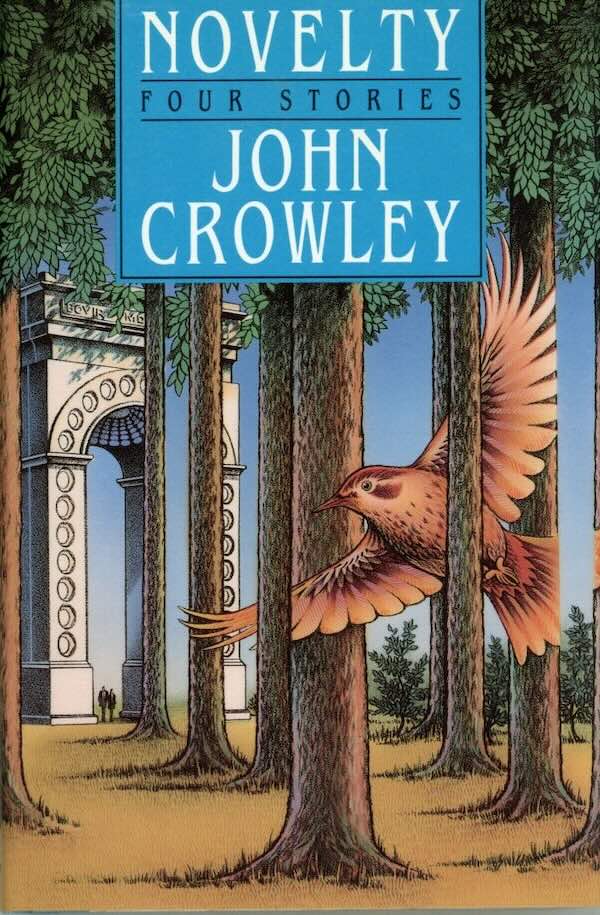Great Work Of Time by John Crowley

Thanks to AK for the suggestion, I found this to be a more historical and literary take on a concept similar to End of Eternity by Isaac Asimov. It's also a short novella, which I think is part of why a lot of the details feel like they are left as an exercise to the reader.
Crowley's secret cabal of time traveling elites, takes after Asimov's Allwhen Council of Eternals. Except is founded by Cecil Rhodes and called the Otherhood. Just like Asimov's Eternals seek to intervene in time by making Minimal Necessary Changes for the Maximal Desired Response, the Otherhood seeks “the smallest possible intrusion that would have the proper effect”.
But unlike the Allwhen Council interested in preventing societal collapse, the Otherhood are Tories whose main goal is to keep the British empire going for as long as possible. In one future explored by Crowley, the Otherhood succeeds in this, preventing the calamities of the 20th century. A glimpse into the far future, however, reveals a dark and bizarre world with Hominids, Angels, and "Draconics". (Connecting the dots, this is supposed to be a terrible turn of events, but its apparent awfulness doesn’t really come through in the prose. What’s bad about it?)
Crowley goes beyond Asimov in describing the geometry of the multiverse which time travelers ("orthogonists") can traverse. Time marches on inexorably:
The universe proceeds out of what has been and into what it will be, inexorably, unstoppably, at the rate of one second per second, one year per year, forever.
But as I understand it, any forward progress breeds a new universe that is literally orthogonal to the arrow of time:
At right angles to its forward progress lie the past and the future. The future, that is to say, does not lie "ahead" of the present in the stream of time, but at a right angle to it
You can never enter the same present twice.
The past he had passed through on his way back was not 'behind' his present at all, but at a right angle to it; the future of that past, which he had to traverse in order to get back again, was not the same road, and 'back' was not where he got.
(I think this is similar to the many-worlds interpretation that quantum mechanics applies everywhere and at all times and so describes the whole universe. In particular, there is no wave function collapse. Schrödinger's cat is both alive and dead, even before the box is opened, but the "alive" and "dead" cats are in different branches of the multiverse, both of which are equally real, but which do not interact with each other.)
But how does time travel work in such a world? Well, I guess one possibility is that in the next time step, you move into a world that is a lot like the one before. With the many-worlds interpretation, it's possible that anything happens. So there's a non-zero probability of having a time machine and using it to time travel to a world that looks just like 1893. There is also a non-zero probability that you will use a chicken to time travel to a magical rainbow under the surface of Jupiter's smallest monkey. The only difference between these two scenarios is their respective probabilities.